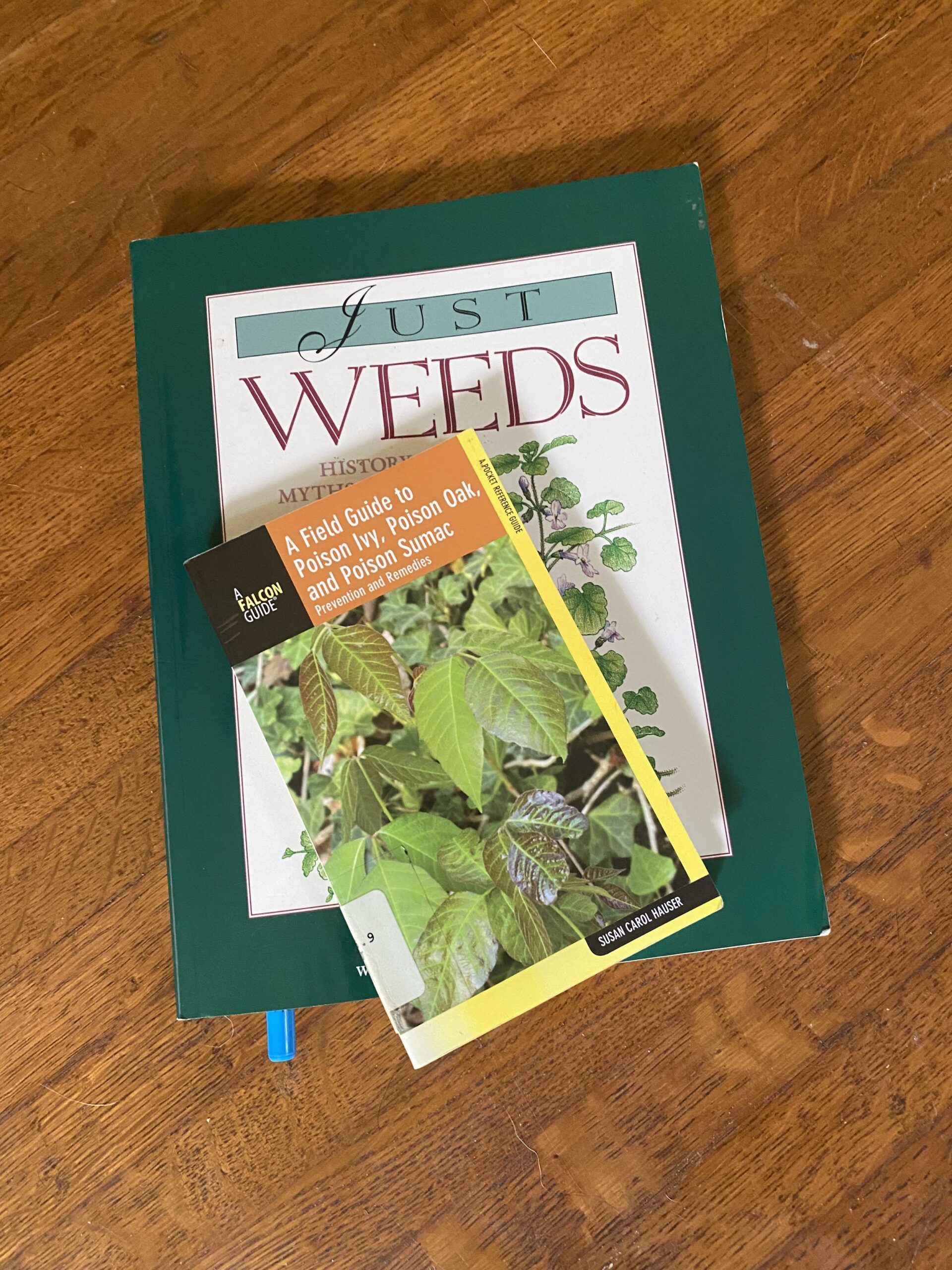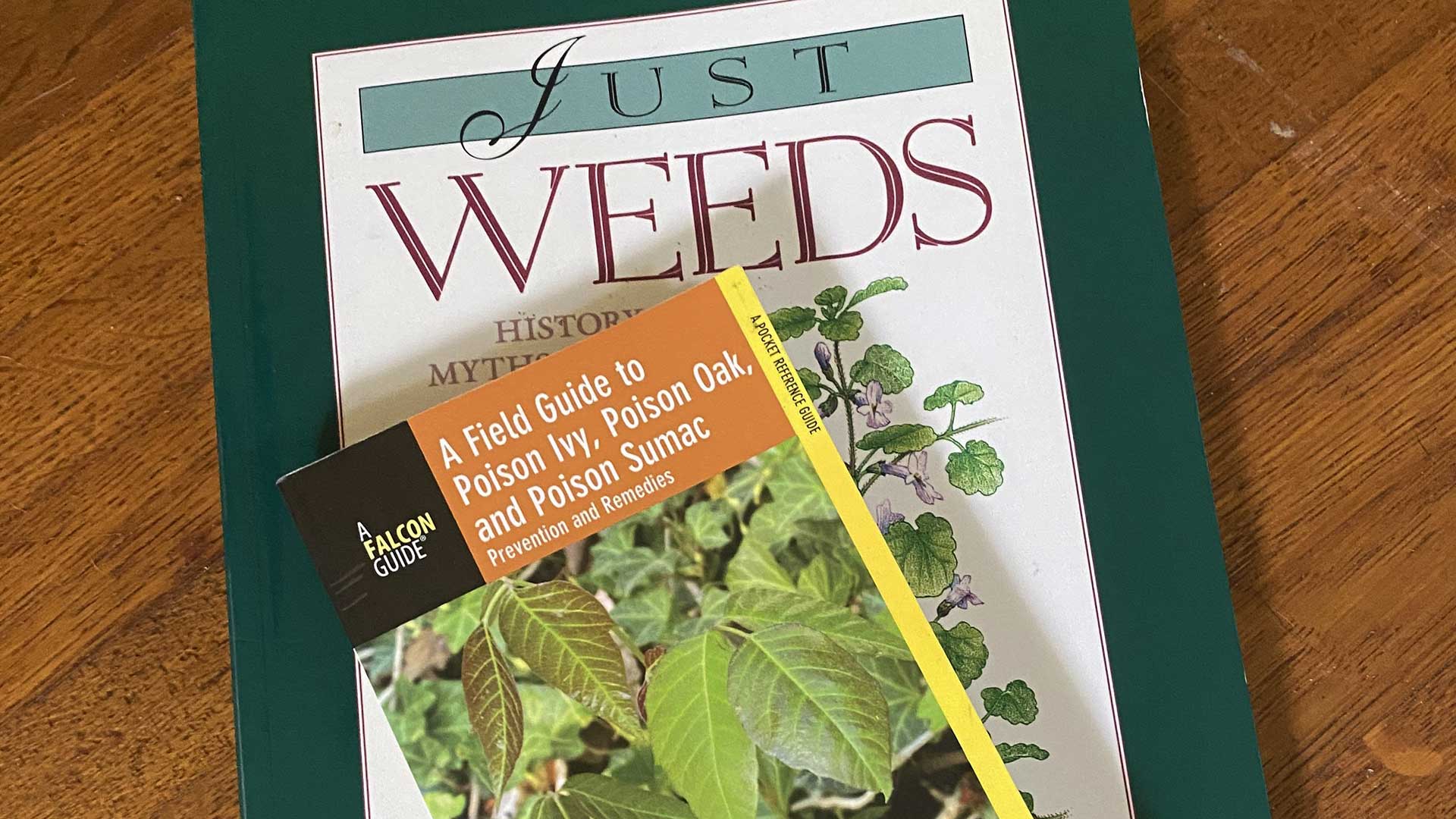History
Possibly misunderstood Ivy (Rhus radicans) aka Poison Ivy was first noted in 1624 by explorer John Smith who published a written account which was based off of Nathaniel Butler’s words while living in Bermuda. He wrote “the poisoned weed is much in shape like our English Ivy, but being but touched causeth rednesse, itching, and lastly blisters.” John & Nathaniel believed that a temporary rash was not enough to give the plant a “poison” moniker.
Trans Atlantic
It wasn’t until 1784 that the horticulturist William Bartram packed up the seeds to send back over the atlantic. The English were obsessed with gathering and growing plants from the new Americas. Dufresnoy, an army physician in the 1780s, began to treat persistent skin maladies by boiling the leaves to make an internal infusion which later was developed into an extract. Practitioners abroad started experimenting with poison ivy in the 18th-19th centuries. It was only logical to assume that a plant with such a strong effect on the skin had the potential for healing. This was at a time when almost all pharmacology and physician work was done with plants.
Science
Soon chemists began to isolate the volatile compound and thus wrongly identified the toxin as a carbohydrate that the plant releases into the air making it fit under the umbrella term “noxious weed”. It was not until the early 1900s after Japan’s isolation from the rest of the world that a Japanese chemist, Majima, was the first to correctly identify the toxin as urushiol which turned out to not be a single compound at all but a mixture of several working together.
Healing
Although urushiol (which Majima named after the japanese word for lacquer) sets off a violent allergic reaction in most humans the poison ivy plant has been successful in treating herpetic skin eruptions, palsy, paralysis, rheumatism, ringworm and incontinence.



